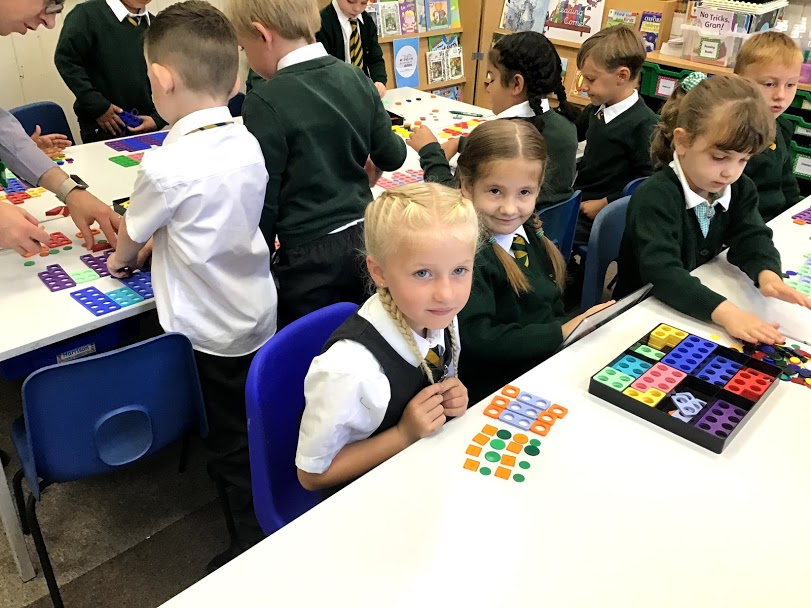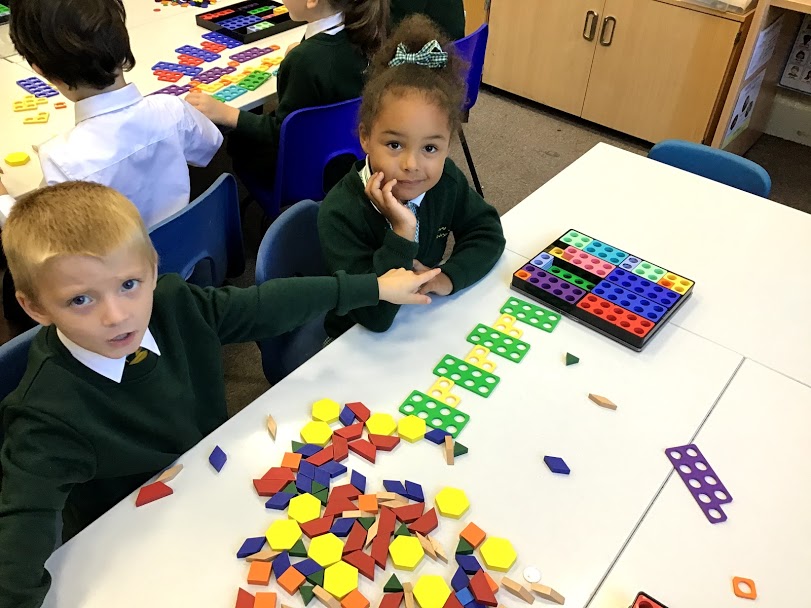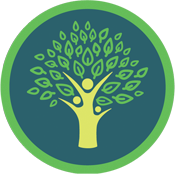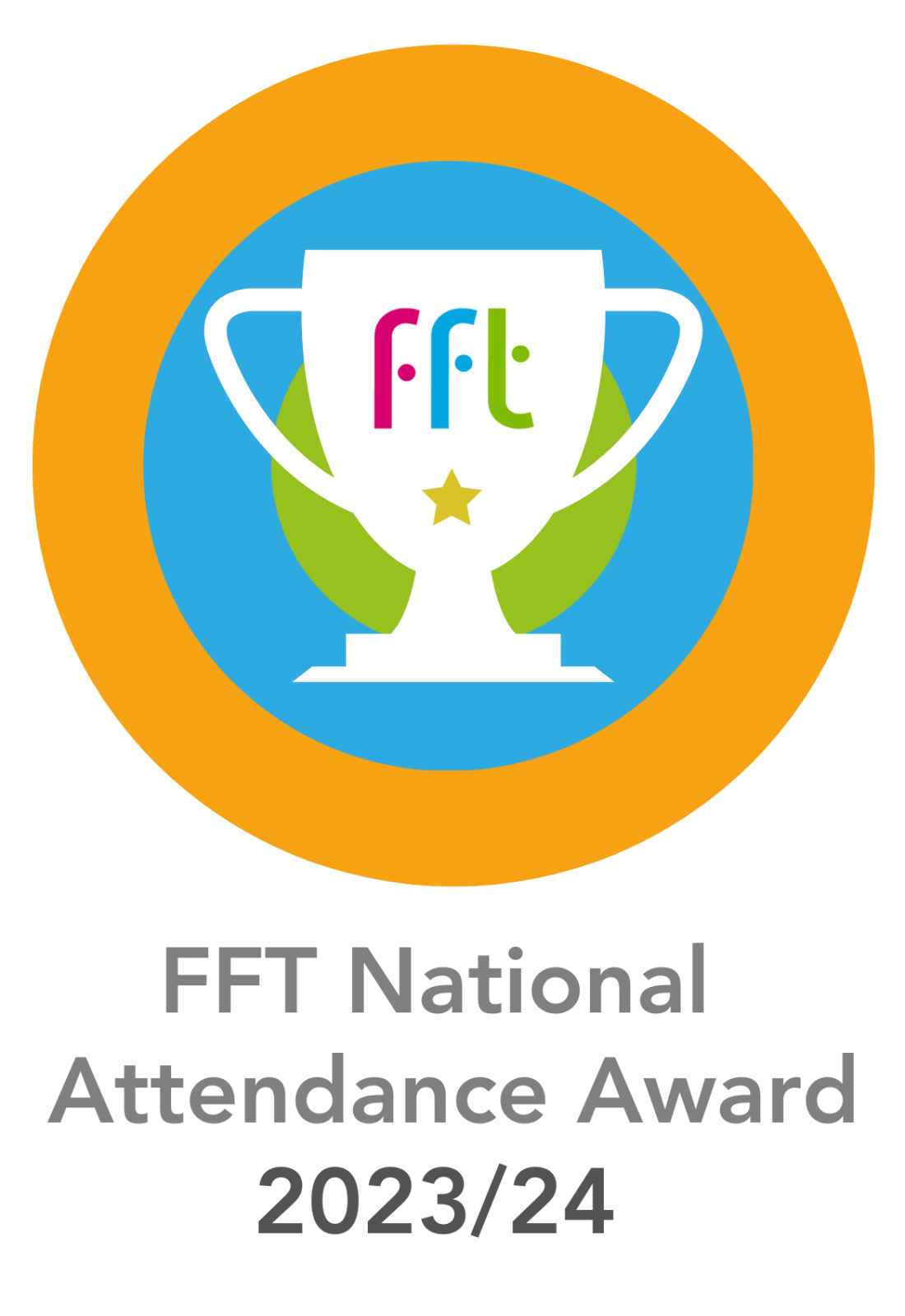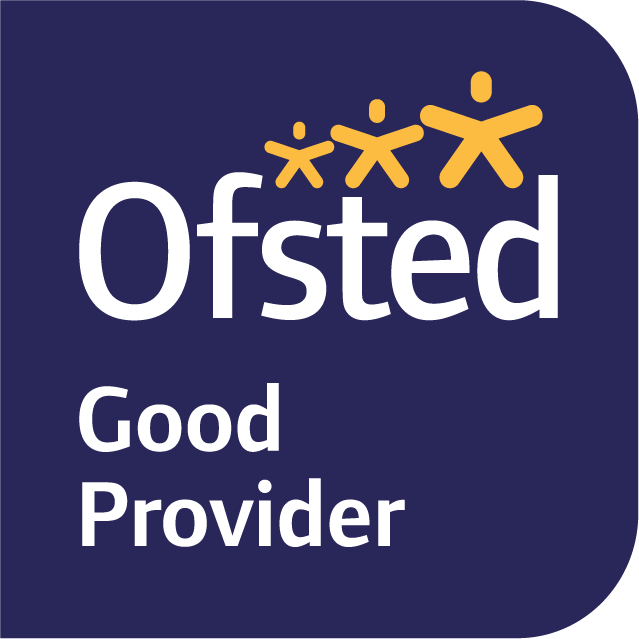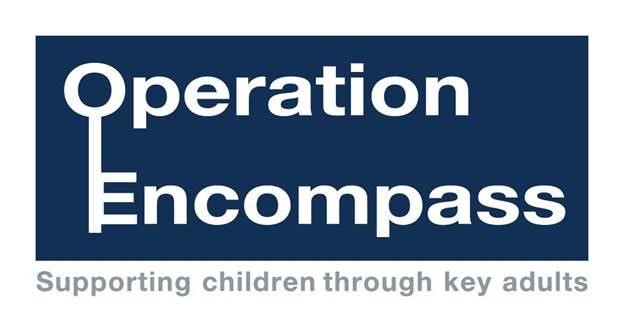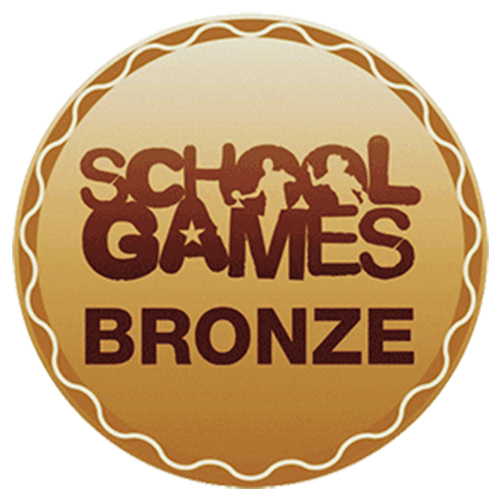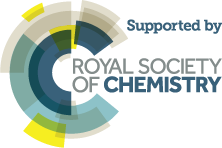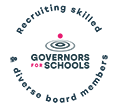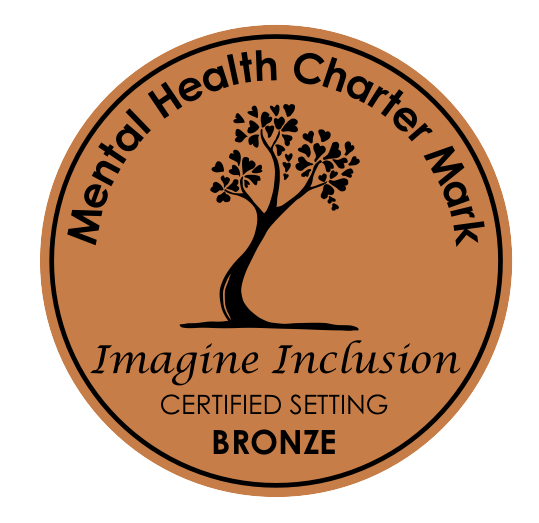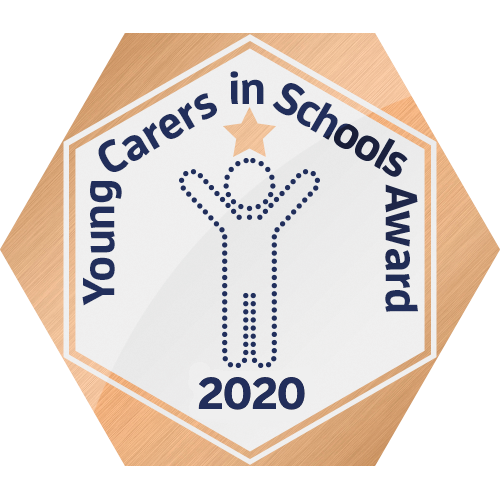Maths - Year 1 and 2
Welcome to the Year 1/2 maths section. This page is for maths information relating specifically to this age range.
What will my child be learning?
By the end of Year 1, your child is expected to be:
- Reading and writing numerals to at least 100 in numerals and in words
- Finding one more or less than any number
- Reading, writing and interpreting mathematical statements involving addition (+), subtraction (-) and equals (=)
- Recognising, finding, naming and writing simple fractions of a length, shape, set of objects or quantity
- Measuring and recording the length, height, weight or volume of different objects
- Recognising and talking about the value of different denominations of coins and notes
- Telling the time to the hour and half past the hour, drawing the hands on a clock face to show these times
- Ordering and arranging objects in patterns and sequences
- Recognising and naming common 2D and 3D shapes including squares, circles and pyramids
- Describing position, direction and movement
By the end of Year 2, your child is expected to be:
- Comparing and ordering numbers from 0 to 100, using <, > and = signs
- Counting in steps of 2, 3 and 5 from 0, and in tens from any number, forward and backward
- Using place value and number facts to solve problems
- Adding and subtracting two-digit numbers using mental and written methods
- Recalling and using addition and subtraction facts up to 20, and deriving related facts up to 100
- Recalling and using multiplication and division facts for the 2, 5 and 10 multiplication tables, and recognising odd and even numbers
- Solving addition and subtraction money problems, using symbols for pounds and pence
- Telling and writing the time to the nearest five minutes
- Identifying, describing, comparing and sorting 2D and 3D shapes
- Interpreting and constructing pictograms, tally charts, block diagrams and simple tables
How is my child taught?
In Key Stage 1, children have daily one hour maths inputs with a teacher. Maths is no longer about the teacher talking for a while and then the children following this up with an activity in their books. We want the children to actively participate in lessons with questions, suggestions, curiosity and creativity. Discussion and wondering are encouraged as much in maths as in any other lesson. This means that lessons are usually a mixture of teacher and child led discussion (more child led than teacher), experimenting and representing concepts with multiple resources and recording in books.
At Laira Green we use something called AET as guidance for our planning and for progression of maths over the year. It’s a fantastic resource which fully supports our maths ethos of talking, showing, representing, solving problems and reasoning.

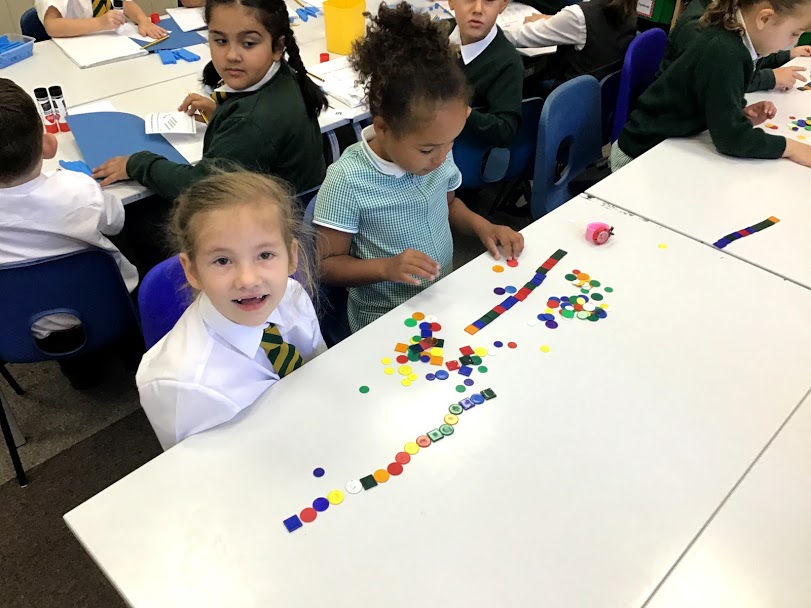
How is my child assessed in maths?
Every half term, children complete a maths test called STAR maths which they do on a chromebook. STAR maths is a clever, computer-adaptive tool which adjusts the questioning according to the child’s individual responses and so it is always tailored to the individual. In Key Stage 1, children often require a little more time and support with this and so the teacher will sit with a few children at a time to help them read the questions and work their way through it. Children are allowed to take a break and come back to it at another time if needed. The information from STAR maths is used alongside teacher judgement to form a secure assessment of where each child is at the end of each term (roughly every 12 weeks). As well as this, teachers in each year group devise a paper with a few questions relating to the topics that have been covered in maths that term. Usually the information provided by the results of this paper and STAR maths confirm what the teacher already knows about your child, but having further documentation helps the teacher to triangulate their evidence and ensure that their judgement is as secure as possible. In having a really good idea about where your child is with their learning, we are able to provide them with the next steps most relevant to their particular needs.
In the Summer term, Year 2 children will take part in SATs which includes an arithmetic paper and a reasoning paper. Year 1 children will take part in an optional SATs paper called Merit. Again, the results of these papers help to support teacher judgement.
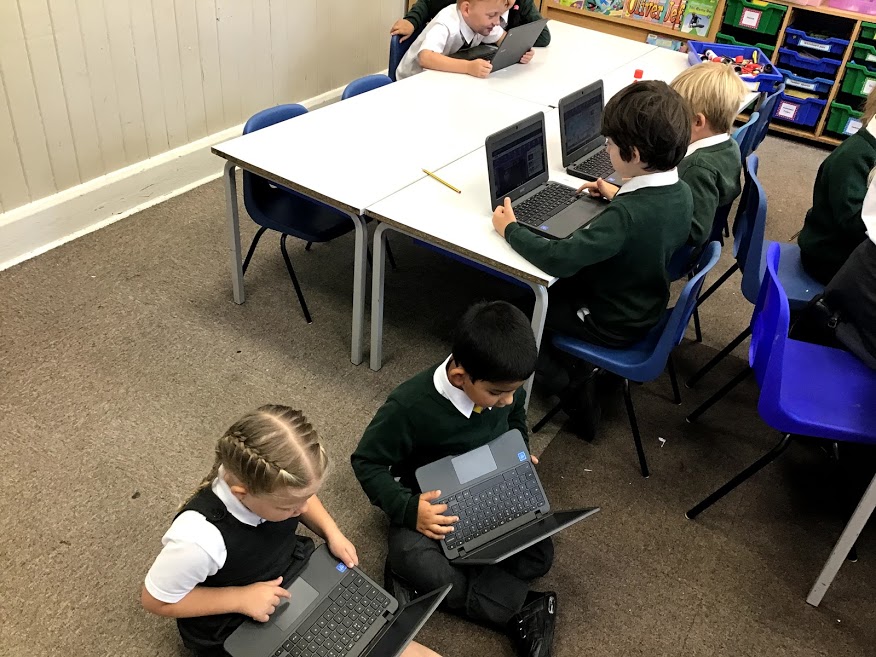
How can I help my child at home?
You should have received a handy booklet all about maths at Laira Green and how you can help your child with regards to the four operations. If you didn’t, please click on the following link to download it : KS1 Maths Booklet
Further ideas include:
Maths in everyday activities:
- When shopping, help your children calculate change or buy-one-get-one-free offers or when items are reduced.
- Count the stairs every time you use them.
- Look for numbers on car number plates, house doors, price labels, cooking instructions, barcodes, road signs, bus stops etc. Numbers are everywhere, if you look around.
- When cooking, try halving or doubling a recipe, and assist children in working out the new proportions.
Play maths games:
- Games like Yahtzee, Monopoly, Uno and traditional card games like Pontoon all rely on skills necessary for maths, such as counting, categorising, and estimating.
- Playing with Lego, K’nex and assembling jigsaw puzzles can help children learn spatial skills and recognise patterns.
- Keep counting everything - count the potatoes on your plate, count the books on your shelf, count your marbles or your cars or your pencils.
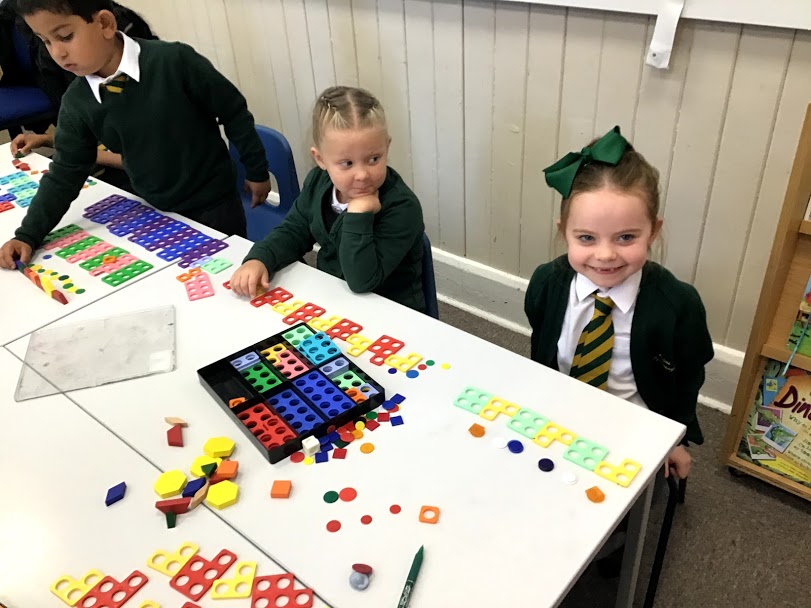
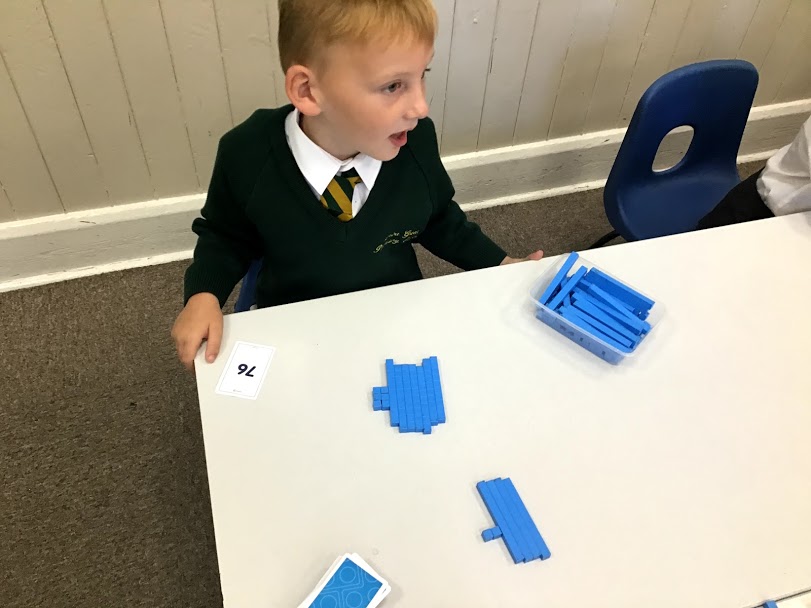
Have a look at the links below and find a game to play with your child on a tablet or computer:
https://www.bbc.co.uk/cbeebies/topics/numeracy Recognisable characters from popular cbeebies tv shows
https://www.topmarks.co.uk/maths-games/5-7-years/counting A whole range of games covering all maths topics
https://www.oxfordowl.co.uk/for-home/kids-activities/fun-maths-games-and-activities/ Games and printables as well as tonnes of information for adults
https://www.mathplayground.com/treasure_quest_addition_chart.html Treasure Quest Addition - drag the ball to the correct square in the addition grid - change the level to suit your child
https://play.ttrockstars.com/auth/school/student Times Table Rockstars (TTRS) to practice times tables. Your child has their own log in, ask the class teacher if they need reminding of it.
